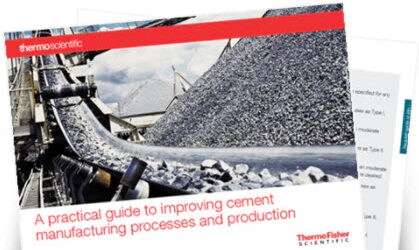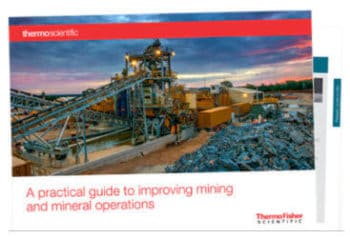Exploring NAPE
The North American Prospect Expo, better known as NAPE, is the world’s largest E&P (upstream) expo. If you are in the Exploration and Production industry, NAPE encourages you to attend its February 4-7 show to be held at the George Brown Convention Center in Houston, Texas. In fact, the NAPE website touts that the show is known as, “THE” marketplace for buying, selling and trading of oil and gas prospects and producing properties.” I’ll be at the show (booth 2760) to see customers, network, and meet global industry experts who will offer insights into what’s next for the E&P industry. The show’s Business Conference will address challenging petroleum industry business issues under the theme “Sustaining the U.S. Oil and Gas Revolution.” I’ll be especially interested to hear the panel discussion on how operators are leveraging technologies and operational excellence programs to improve their performance across the value chain and to assure long-term economic sustainability of the oil and gas revolution. I hope they mention elemental analysis using a handheld XRF analyzer. Elemental chemistry gives clues to the rock properties that could affect oil & gas accumulation like porosity (Si and Ca content), permeability (Si/Al, Mg, Ca and K as proxies for clays and dolomite), and the presence of undesirable minerals (clays, pyrite, and carbonate cement from Si/Al, Fe/S, and Mg/Ca ratios). Because the inorganic chemistry and, ultimately, the mineral composition of the rocks, give geologists important information about how the hydrocarbon is hosted within the rock and how it will be produced, the elemental analysis of those rocks is critical. This information can be included in the well logs, adding valuable information to aid in the interpretation of petrophysical data and offering greater value to the exploration program. If you’re in Houston and want to explore more than the show floor, I recommend the Johnson Space Center. For the first time in more than a decade, five NASA Earth science missions will be launched into space in a single year, opening new and improved eyes on our changing planet. Two of these missions will deliver instruments to the International Space Station, inaugurating NASA’s use of the orbiting laboratory as a 24/7 Earth-observing science platform. If you get hungry after all that exploring, I recommend Churrascos, a very tasty South American steakhouse in Houston… though my colleague, Technical Sales Specialist Robert Miller, prefers Pappas Brothers Steakhouse. He said: “It stands alone for top notch steakhouses.” If you are planning on going to the show, here’s the floor plan so you can find us at Booth 2760. If you can’t make the show but want to learn more about x-ray fluorescence analysis for upstream Exploration and Production, then read this Upstream Exploration and Production application note, which includes case studies from the Eagle Ford Formation in Texas, and the Montney Formation in northeast British Columbia and western Alberta.







Leave a Reply